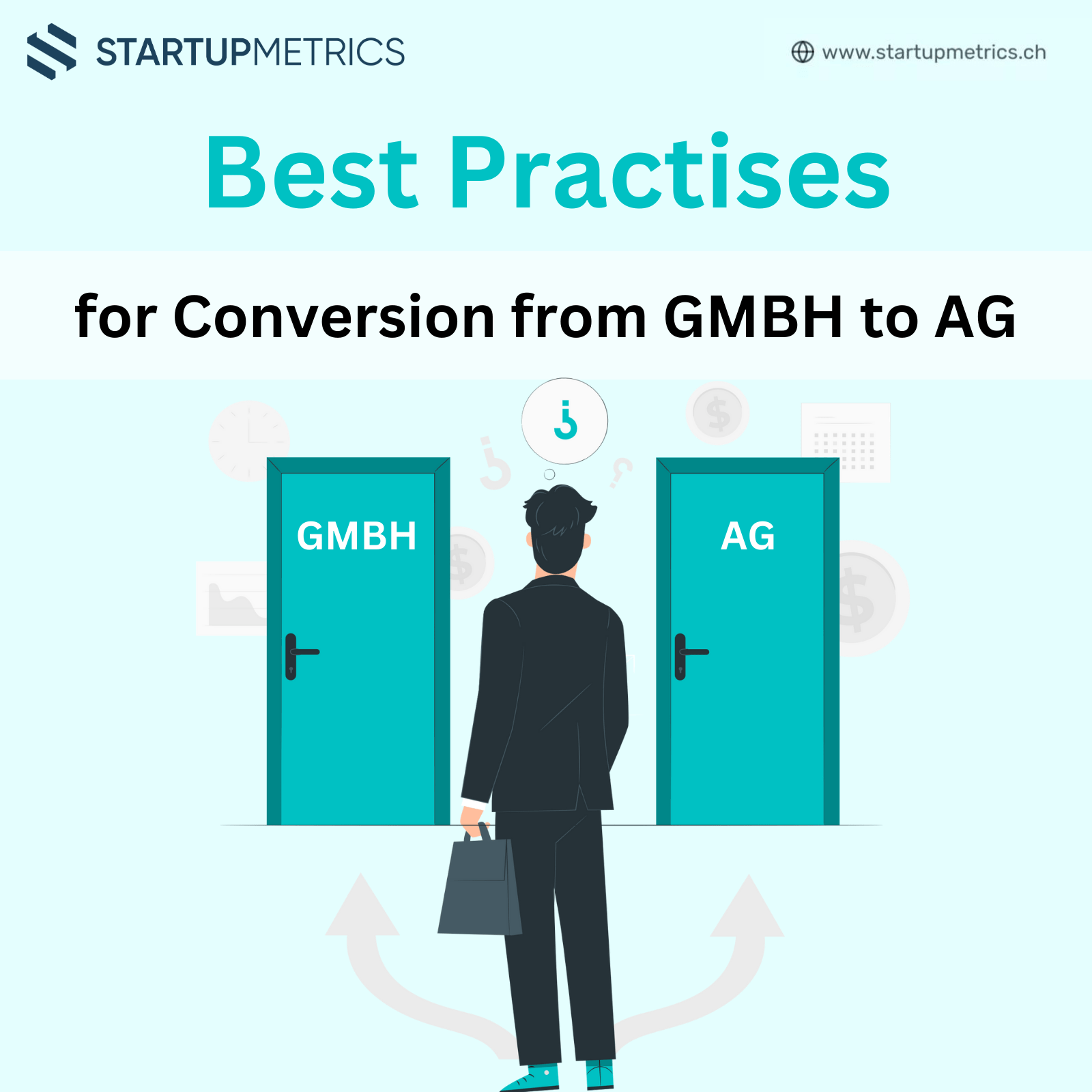
Best Practices for Converting a GmbH into an AG in Switzerland
Converting a Gesellschaft mit beschränkter Haftung (GmbH) into an Aktiengesellschaft (AG) is a significant step for businesses looking to enhance…
As your company enters the growth stage, the stakes become higher. Growth brings exciting opportunities, but it also introduces new challenges. Scaling operations, improving customer retention, and ensuring sustainable profitability require leaders to rely on Key Performance Indicators (KPIs) to make informed decisions.
One critical KPI to monitor during this stage is Churn Rate, as it directly reflects customer satisfaction and loyalty. In this blog, we’ll explore the importance of churn rate, how to calculate it, and actionable strategies to reduce it.
Churn rate is the percentage of customers who stop doing business with your company over a specific period. It’s a vital indicator of customer retention and satisfaction.
The formula for churn rate is straightforward:
Churn Rate = (Number of Customers Lost / Total Customers at Start of Period) × 100
Example Calculation:
Let’s say your business started the month with 1,000 customers and lost 50 by the end of the month.
Churn Rate = (50 / 1,000) × 100 = 5%
This means 5% of your customers left during the period, which could indicate issues requiring attention.
A high churn rate can signal various underlying problems, including:
Conversely, a low churn rate is a sign that customers are satisfied, engaged, and likely to remain loyal.
Reducing churn requires a combination of proactive retention strategies and a deep understanding of your customers’ needs. Here are five practical steps to lower churn:
The first 90 days are critical in retaining new customers. A confusing or incomplete onboarding process can lead to early churn.
Best Practices:
Customers are more likely to stay loyal if their issues are resolved quickly and efficiently.
Best Practices:
Reward programs or special discounts can encourage customers to stay longer and engage more frequently.
Ideas:
Regularly analyze why customers churn to address root causes. Feedback from churned customers is particularly valuable.
How to Collect Feedback:
Ensure your offerings evolve to meet customer expectations. A stagnant product can lead to churn as customers seek alternatives.
Tactics:
Understanding industry-specific churn rates is crucial for benchmarking your company’s performance. Here are average churn rates across various industries:
| Industry | Average Churn Rate |
| Energy/Utilities | 11% |
| IT Services | 12% |
| Computer Software | 14% |
| Telecommunications | 31% |
| Consumer Goods/Retail | 5.5% |
| Manufacturing | 35% |
| Professional Services | 27% |
Note: These figures represent average churn rates and can vary based on specific market conditions and business models.
Sources:
Regularly comparing your company’s churn rate to these industry benchmarks can help identify areas for improvement and inform strategies to enhance customer retention.
While churn rate is a critical metric, pairing it with other KPIs provides a more comprehensive view of your company’s health. Consider tracking:
Conclusion: Churn Rate as a Growth Metric
Churn rate isn’t just a number—it’s a window into your customers’ satisfaction and your company’s ability to retain them. For growth-stage companies, reducing churn is one of the most impactful ways to secure long-term success.
By focusing on improving onboarding, delivering exceptional support, and continuously evolving your offerings, you can keep customers engaged and build a loyal base that drives sustainable growth.
Are you tracking your churn rate effectively? Start now to uncover new opportunities for improvement and growth.